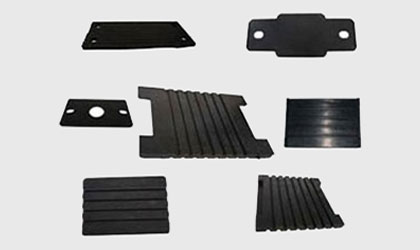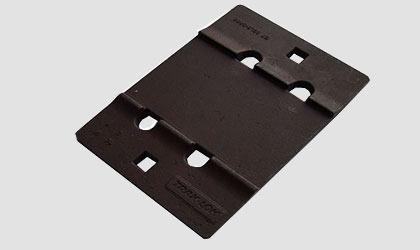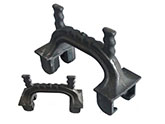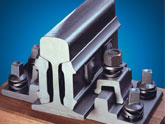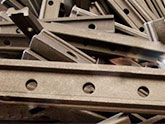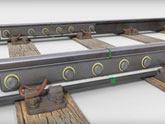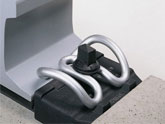Different Types of Railway Sleepers
On the railroad construction ,railway sleeper is the fundamental, important and indispensable material for railway line. The railway sleeper plays an important role in fixing railway track gauge, bearing the weight from steel rail and passing vehicles, evenly dispersing the pressure of railway track so as to keeping the railway more stable and expedite. With the development of railway industry, railway sleeper can be divided into three types up to now: wooden sleeper, concrete sleeper, steel sleeper. AGICO can supply different railway sleepers for sale : UIC865 Series Steel Sleeper and BS-500 Series Steel Sleeper. Today, I will show you around the world of rail sleepers and get you to know more about the features of different types of rail sleepers!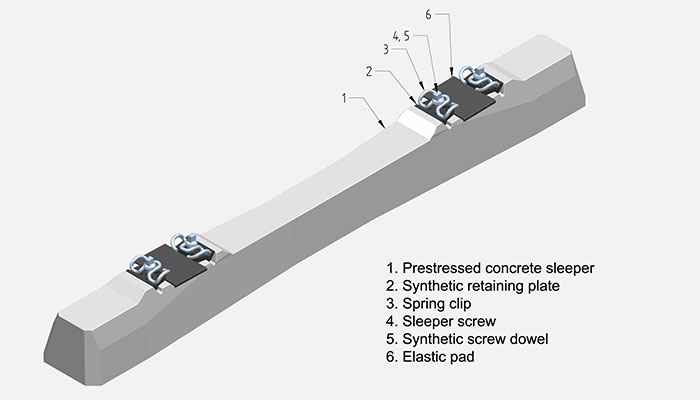
Wooden Sleepers
The wooden sleepers nearly fulfilled all the requirements of ideal sleepers and hence they are universally used. The wood used may be like teak, sal etc or it may be coniferous like pine.Advantages of Wooden Sleepers:
- They are much useful for heavy loads and high speeds
- They have long life of 10-12 years depending upon the climate, condition, rain, intensity, nature of traffic, quality of wood etc
- Good insulators and hence good for track circuited railway tracks
- They are able to accommodate any gauge
- Suitable for salty regions and coastal areas
- Can be used with any section of rail
- Can be handled and placed easily
- They are not badly damaged in case of derailment
- They are not corroded
- Cheaper than any other types of sleepers
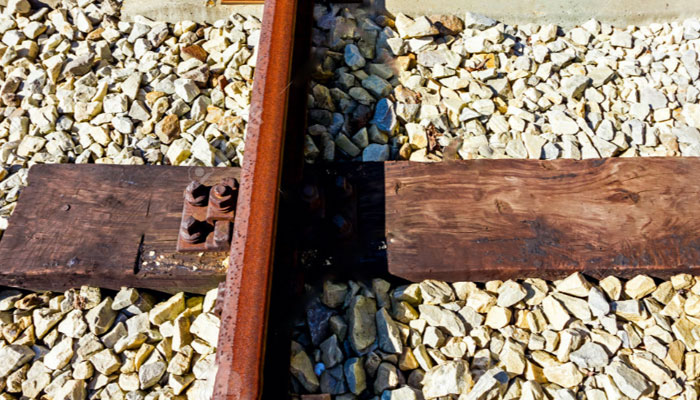
Disadvantages of Wooden Sleepers:
- Liable to be attacked by vermin so, they must be properly treated before use
- Liable to catch fire
- They do not resist creep
- They are affected by dry and wet rot
- Become expensive day by day
- Life is shorter compare to others
Steel sleepers
They are in the form of steel trough inverted on which rails are fixed directly by keys or nuts and bolts and used along sufficient length of tracks.Advantages of Steel Sleepers:
- Have a useful life of 20-25 years.
- Free from decay and are not attacked by vermins
- Connection between rail and sleeper is stronger
- Connection between rail and sleeper is simple
- More attention is not required after laying
- Having better lateral rigidity
- Good scrap value
- Suitable for high speeds and load
- Easy to handle
- Good resistance against creep
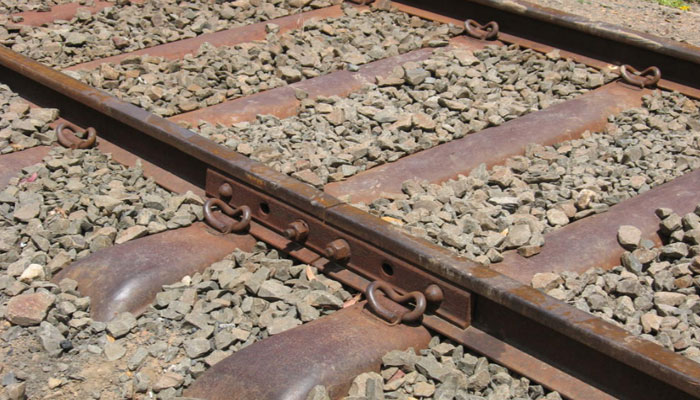
Disadvantages of Steel sleepers:
- Liable to corrosion by moisture and should not because in salty regions
- Good insulators and hence cannot be used in track circuited regions
- Cannot be used for all sections of rails and gauges
- Should not be laid with any other types of ballast except store
- Very costly
- Can badly damaged under derailments
- Way gauge is obtained if the keys are over driven
- The rail seat is weaker
- Having good shock absorber as there is not cushion between rail foot and ballast
concrete sleepers are now replacing all other types of sleepers except to some special circumstances such as crossing bridges etc here timber sleepers are used. They were first of all used in France round about in 1914 but are common since 1950. They may be a twin block sleepers joined by an angle iron. It may be a single block pre-stressed type.
Advantages Concrete Sleeprs:
- Durable with life range from 40-50 years
- They can be produced on large quantities locally by installing a plant
- Heavier than all other types thus giving better lateral stability to the track
- Good insulators and thus suitable for use in track circuited lines
- Efficient in controlling creep
- They are not attacked by corrosion
- Free from attacks of vermin and decay, suitable for all types of soils
- Most suitable for welded tracks
- Prevent buckling more efficiently
- Initial cost is high but proves to be economical in long run
- Effectively and strongly hold the track to gauge
- Inflammable and fire resistant
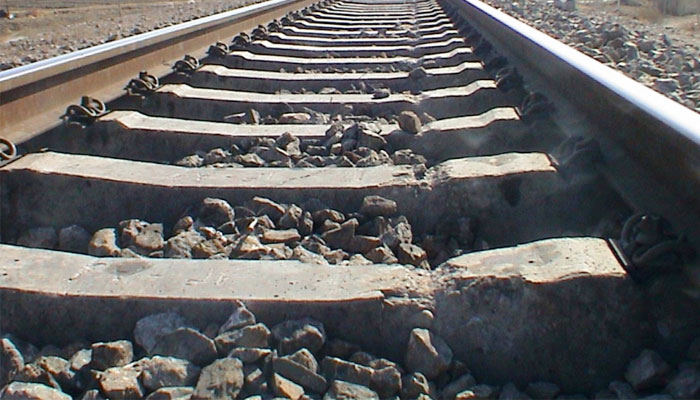
Disadvantages Concrete Sleepers:
- Difficult to be handled
- Difficult to be manufactured in different sizes thus cannot be used in bridges and crossing
- Can be damaged easily while loading and unloading
Get In Touch
We receive enquiries in English, Español (Spanish), Русский язык (Russian), Français (French) and العربية (Arabic). Our professional team will reply to you within one business day. Please feel FREE to contact us!

